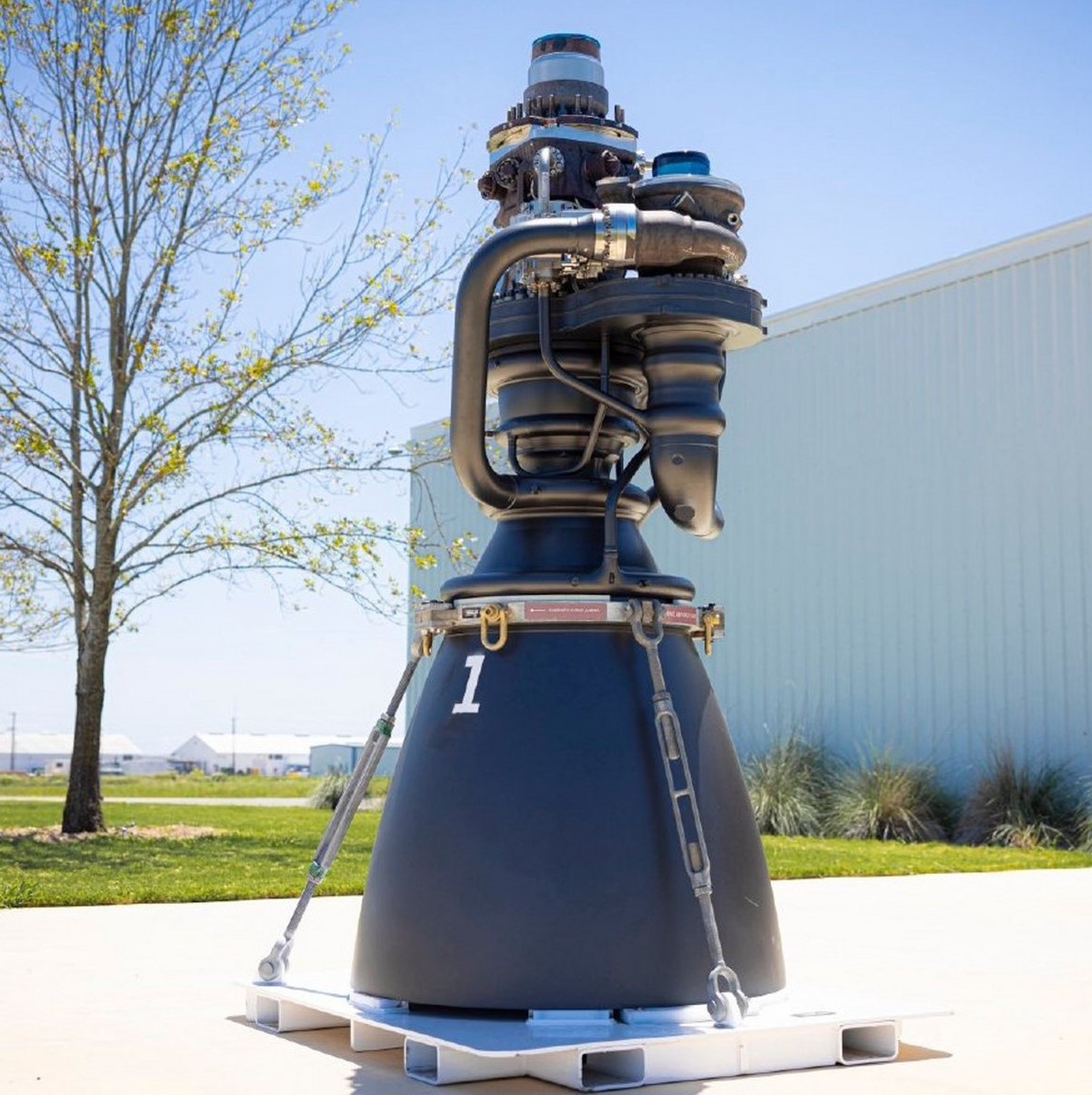The aerospace industry is embracing 3D printing technology as a means to enhance efficiency, reduce costs, and improve the performance of aircraft components. With stringent regulations and the need for lightweight materials, 3D printing offers innovative solutions that traditional manufacturing methods cannot achieve.
One of the most significant advantages of 3D printing in aerospace is the ability to produce complex geometries that reduce weight without sacrificing strength. Parts like brackets, ducting, and even engine components can be designed using advanced software and manufactured using additive techniques. This weight reduction is crucial in aerospace, as it directly impacts fuel efficiency and overall performance.
3D printing also allows for rapid prototyping, which accelerates the development of new aircraft designs. Engineers can quickly create and test prototypes, gathering valuable data that informs design improvements. This speed not only reduces development timelines but also enables manufacturers to respond swiftly to market demands and technological advancements.
Another critical benefit is the potential for on-demand manufacturing. Instead of maintaining large inventories of spare parts, aerospace companies can produce components as needed. This capability not only saves costs associated with storage and logistics but also minimizes downtime, as parts can be printed and delivered quickly.
Moreover, 3D printing enhances customization. Each aircraft can be tailored to meet specific requirements, whether for military or commercial use. Custom parts can be produced to fit unique design specifications or to comply with regulatory standards, providing manufacturers with the flexibility to innovate.
The aerospace industry is also exploring the use of advanced materials in 3D printing, such as titanium and high-performance polymers. These materials offer superior strength-to-weight ratios and resistance to extreme temperatures, making them ideal for aerospace applications.
As 3D printing technology continues to evolve, its impact on the aerospace industry will expand. By enabling the production of lightweight, complex components and facilitating rapid innovation, 3D printing is poised to play a crucial role in the future of aerospace manufacturing.






